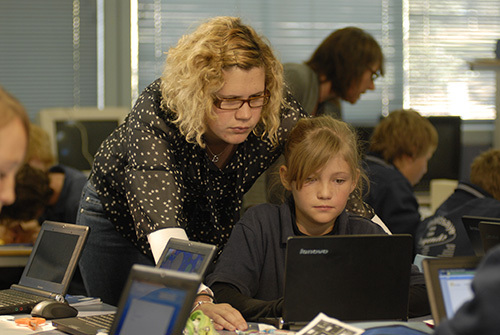
Hace dos años, Presidente del Currículo de Australia, Evaluación y Notificación Autoridad (EVENTOS), Barry McGaw and I discussed some of the big changes going on in Australia’s education system. En ese tiempo, Barry explicó que una Tecnología de Información y Comunicaciones (“TIC”) strategy for schools was being developed alongside everything else in the new curriculum. He commented that while tech would not be treated as a separate subject in the early years, students would be offered a range of studies in this area by the time they got to grades 8 a 10.
Two years later, how has the lifestyle change created by technology impacted the Australian classroom? I am delighted to welcome to La Búsqueda Global para la Educación, Susan Mann, Director general de Servicios de Educación Australia, a company overseen by the Australian Education Ministers that focuses on technology provision and service support for Australian education and training. Susan plays a key role in the conceptualization and implementation of Australian national ICT policy. Her key interest is the transformative potential of information and communications technologies for teaching and learning.
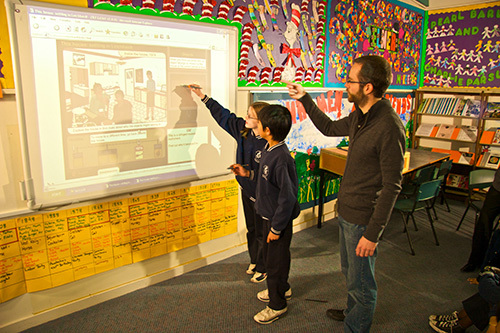
How has technology impacted the Australian education system? ¿Qué ve usted como los pros y los contras de un punto de vista del aprendizaje?
Teaching and learning across Australia has seen many changes in recent years with an increased use of technology in our schools. This has been supported by successive federal and state government investment programs, most recently through the Digital Education Revolution policy of the previous Labor government. Schools are supporting the use of technology with ongoing resources allocated to their technology infrastructure. There is a growing conversation around Bring Your Own Device policies within schools.
As Australian schools are moving towards greater integration of technology into the teaching and learning process, teachers are beginning to collaborate more online with their colleagues about their teaching. Through their own volition and through programs offered by their education systems, they are also beginning to up-skill and improve their knowledge about how technology can support their teaching and their students’ aprendizaje.
Teachers are increasingly interested in identifying digital curriculum resources they can use with their students. The state and territory and federal governments over the last decade have jointly funded development of the National Digital Learning Resources Network that now provides access for Australian teachers and students to over 20,000 recursos de alta calidad directamente relacionadas con el Plan de Estudios de Australia a través de una plataforma a nivel nacional llamado Scootle.
The use of technology in schools is beginning to have a positive impact, and the advantages of the use of technology in the classroom are becoming increasingly obvious. Students are clearly used to using technology for their learning both within and outside the classroom. Los maestros están reportando una mayor motivación de los estudiantes cuando están involucrados en el aprendizaje digital, y nuestra investigación preliminar muestra que este aumento de la participación es cada vez más estudiantes’ los resultados del aprendizaje.
The use of online formative assessment in literacy and numeracy, through a system available to Australian teachers called “Improve,” provides immediate feedback to students about their learning and presents them with resource support to respond to learning issues. Teachers are finding that this assists them to support individual students’ learning and to compile student achievement profiles.
There are still challenges for teachers and school to ubiquitously integrate technology into students’ aprendizaje. Not all Australian schools have equal access to bandwidth and infrastructure. The ‘bring your own device’ trend raises equity issues for socio-economically disadvantaged students, which are often compounded by those same students being unable to afford technology at home. Some teachers are more familiar and confident with using technology than others. The expectations still surpass what is being delivered.
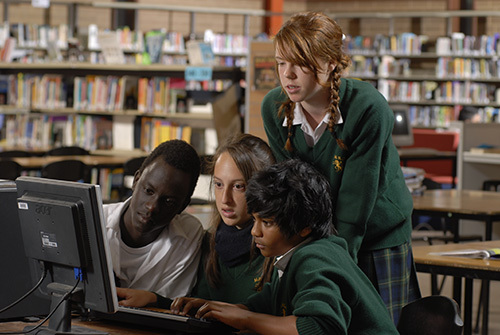
How is the role of the Australian teacher changing in the digital age?
Tradicionalmente, the role of the teacher relied on sound content knowledge in their specific areas of expertise, high level pedagogical understandings and the ability to engage students in learning. These are still important attributes but teachers are now required to supplement these with additional skills and capabilities in the use of digital technology to support learning. Instead of being the ‘font of all knowledge,’ teachers are required to be effective facilitators of student learning both within and outside the classroom at any time.
The new national professional standards, established by the Australian Institute for Teaching and School Leadership, specify expected ICT capacities of teachers, school leaders and new teachers. Some teacher training institutions have now embraced the need to significantly change the way they train teachers.
Growing interest in social media and professional learning networks has seen the development of online forums that are supporting professional learning and practice from the grass roots level. A national social networking platform, called Scootle Community, is being enthusiastically embraced by teachers across Australia, and over 500 maestros por semana han sido unirse a esta plataforma y crear y participar en una serie de foros de la red.
¿Qué herramientas digitales para el aprendizaje han sido implementadas en Australia y qué educadores ver como los pros y los contras de estos?
Algunos maestros y padres de familia son de la opinión de que todavía hay un lugar para que los textos tradicionales, pero esto está cambiando rápidamente a medida que el acceso universal a las herramientas digitales se convierte en la norma. Con el creciente número de dispositivos móviles en las manos de los estudiantes, more teachers are working with apps and collaborative tools than ever before. Teachers are selecting a wide variety of digital tools to cover a range of learning styles and processes that support collaboration, creation and curation of content.
Digital textbooks are not really taking off at present. The publishers have not yet achieved a suitable licensing regime that accommodates students changing devices and covers sufficient numbers of students at a realistic price. Sin embargo, commercial providers such a Mathletics that market to parents are becoming popular to support extension of students at home.
Flexible online delivery of language learning, especially for Asian languages, has been a focus of funding by the Australian government and Education Services Australia, a ministerial company that has released the Language Learning Space. This engaging, inquiry-based environment has been initially developed to support teachers and students in the acquisition of Chinese language. Using a game-based learning model, the Language Learning Space has been designed to scaffold learning through challenging scenarios.
More ubiquitous mobile technologies have led to a significant shift from desktops and laptops to the use of mobile tablets. Australian schools are increasingly using apps as they become available to support education.
Digital tools are constantly changing and adapting to the collaborative nature of technologies. Identifying high quality resources in such a context continues to be challenging for government and private providers.

How has technology impacted curriculum design in Australia?
The new Australian Curriculum has been made ‘machine readable,’ which enables it to be directly linked to digital curriculum resources for students and for teacher professional learning, as well as other data in the future such as curriculum-related assessment items.
The Australian Curriculum is only available online, and teachers access this through a system that enables them to customise their view of the curriculum according to their subject area and curriculum approach.
‘Technology’ is a cross-curriculum perspective running through the new Australia Curriculum, y hay un número de áreas de tecnología, así que incluyen codificación, que no ha sido previamente parte del Currículo de Australia.
La investigación indica que el uso de tabletas, teléfonos móviles, internet sources and social media platforms such as Facebook and Twitter continue to infiltrate classrooms in the US rapidly. Are you seeing the same trend in Australian classrooms? ¿En qué medida es el uso de estas herramientas parte de su currículo? ¿Hay una edad por debajo del cual usted cree que estas herramientas no son apropiados en las aulas?
Increased use of mobile technologies by students is certainly reflected in Australian schools. With an ever-growing number of mobile devices, social media platforms and access to freely available collaboration tools, Australian classrooms are evolving into global classrooms.
Students and teachers are collaborating with experts and peers to ensure that rich project-based learning experiences occur across curriculum areas. School systems in Australia work under the guidelines of social media sites such as Facebook, where the age limit is 13 years or over.
Australian schools have access to a range of tools and resources that promote best practice in the use of social media tools. Por ejemplo, the Australian Communications and Media Authority provides cybersafety resources for students, teachers and parents.
Information is the key for users of technology. It is important that resources are available to support students in best practice models and to highlight expectations of safe and responsible use of online tools. The Safe Schools Hub is the latest online tool to support the Australian National Safe Schools Framework. It provides access to programs and strategies that build supportive, safe places to learn.

Photos courtesy of Education Services Australia.
Para más artículos en el conseguidos de la tecnología? serie: La Búsqueda Global para la Educación: Got Tech? – Finlandia, La Búsqueda Global para la Educación: Got Tech? – Canada, La Búsqueda Global para la Educación: Got Tech? – Singapur, La Búsqueda Global para la Educación: Got Tech? – Estados Unidos, La Búsqueda Global para la Educación: Got Tech? Escuelas IB en un mundo virtual, La Búsqueda Global para la Educación: Got Tech? – Argentina
En La Búsqueda Global para la Educación, unirse a mí y reconocidos a nivel mundial los líderes de opinión, incluyendo a Sir Michael Barber (Reino Unido), DR. Michael Bloquear (EE.UU.), DR. Leon Botstein (EE.UU.), Profesor Clay Christensen (EE.UU.), DR. Linda Darling-Hammond (EE.UU.), DR. Madhav Chavan (India), El profesor Michael Fullan (Canada), El profesor Howard Gardner (EE.UU.), El profesor Andy Hargreaves (EE.UU.), Profesor Yvonne Hellman (Países Bajos), Profesor Kristin Helstad (Noruega), Jean Hendrickson (EE.UU.), Profesor Rose Hipkins (Nueva Zelanda), Profesor Cornelia Hoogland (Canada), Honorable Jeff Johnson (Canada), Señora. Chantal Kaufmann (Bélgica), DR. Eija Kauppinen (Finlandia), Secretario de Estado Tapio Kosunen (Finlandia), Profesor Dominique Lafontaine (Bélgica), El profesor Hugh Lauder (Reino Unido), Profesor Ben Levin (Canada), Señor Ken Macdonald (Reino Unido), Profesor Barry McGaw (Australia), Shiv Nadar (India), Profesor R. Natarajan (India), DR. PAK NG (Singapur), DR. Denise Papa (Estados Unidos), Sridhar Rajagopalan (India), DR. Diane Ravitch (EE.UU.), Richard Wilson Riley (EE.UU.), Sir Ken Robinson (Reino Unido), Profesor Pasi Sahlberg (Finlandia), El profesor Manabu Sato (Japón), Andreas Schleicher (PISA, OCDE), DR. Anthony Seldon (Reino Unido), DR. David Shaffer (EE.UU.), DR. Kirsten Immersive Are (Noruega), Canciller Stephen Spahn (EE.UU.), Yves Theze (Lycee Francais EE.UU.), Profesor Charles Ungerleider (Canada), Profesor Tony Wagner (EE.UU.), Sir David Watson (Reino Unido), Profesor Dylan Wiliam (Reino Unido), DR. Marcos Wormald (Reino Unido), Profesor Theo Wubbels (Países Bajos), El profesor Michael Young (Reino Unido), y el profesor Zhang Minxuan (De China) a medida que exploran las cuestiones de educación cuadro grande que todas las naciones se enfrentan hoy. La Búsqueda Global para la Educación Comunitaria Página
C. M. Rubin es el autor de dos ampliamente leído serie en línea por la que recibió un 2011 Premio Upton Sinclair, “La Búsqueda Global para la Educación” y “¿Cómo vamos a Leer?” Ella es también el autor de tres libros más vendidos, Incluido The Real Alice in Wonderland.


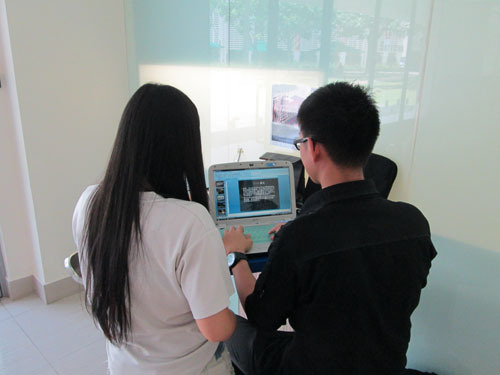
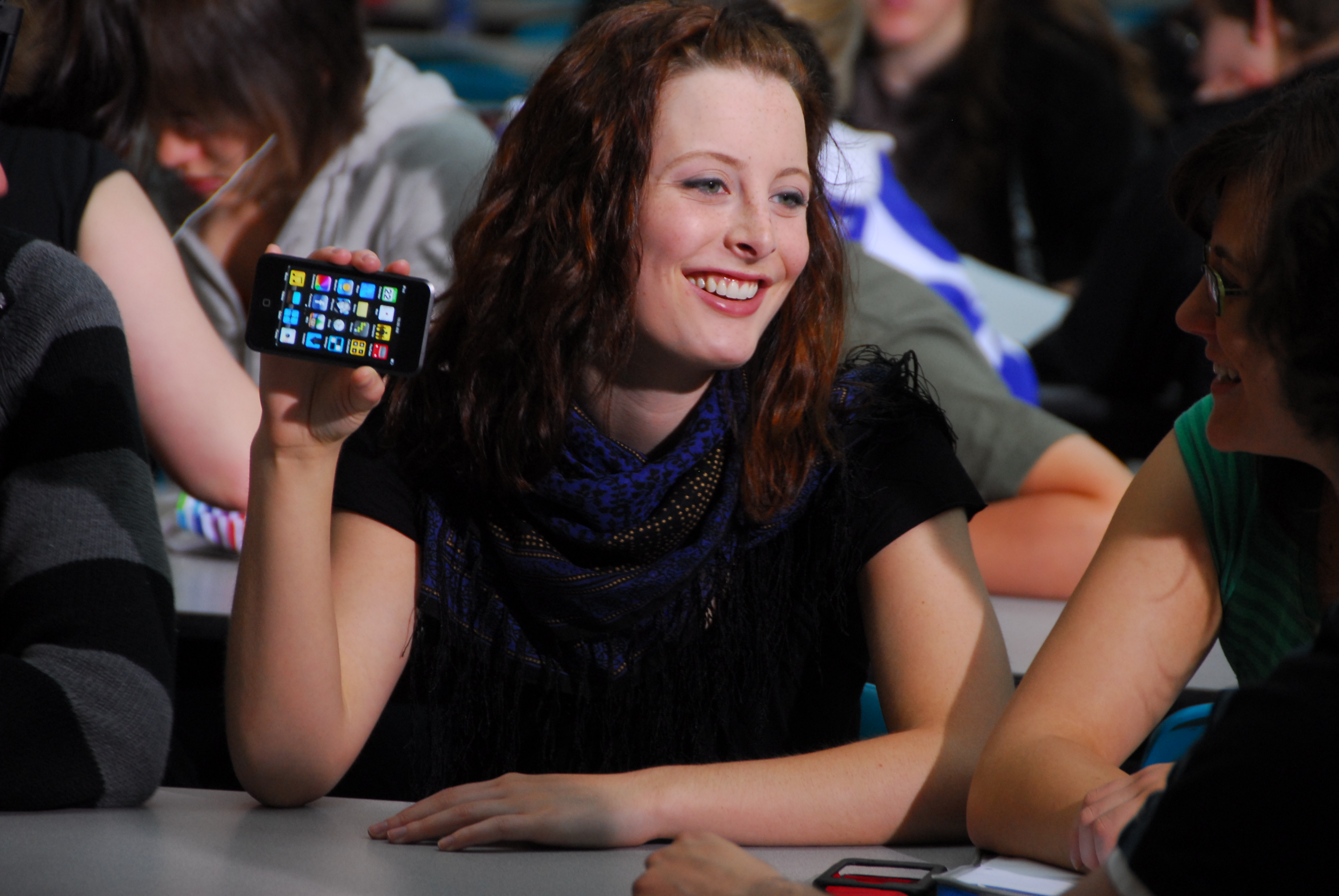
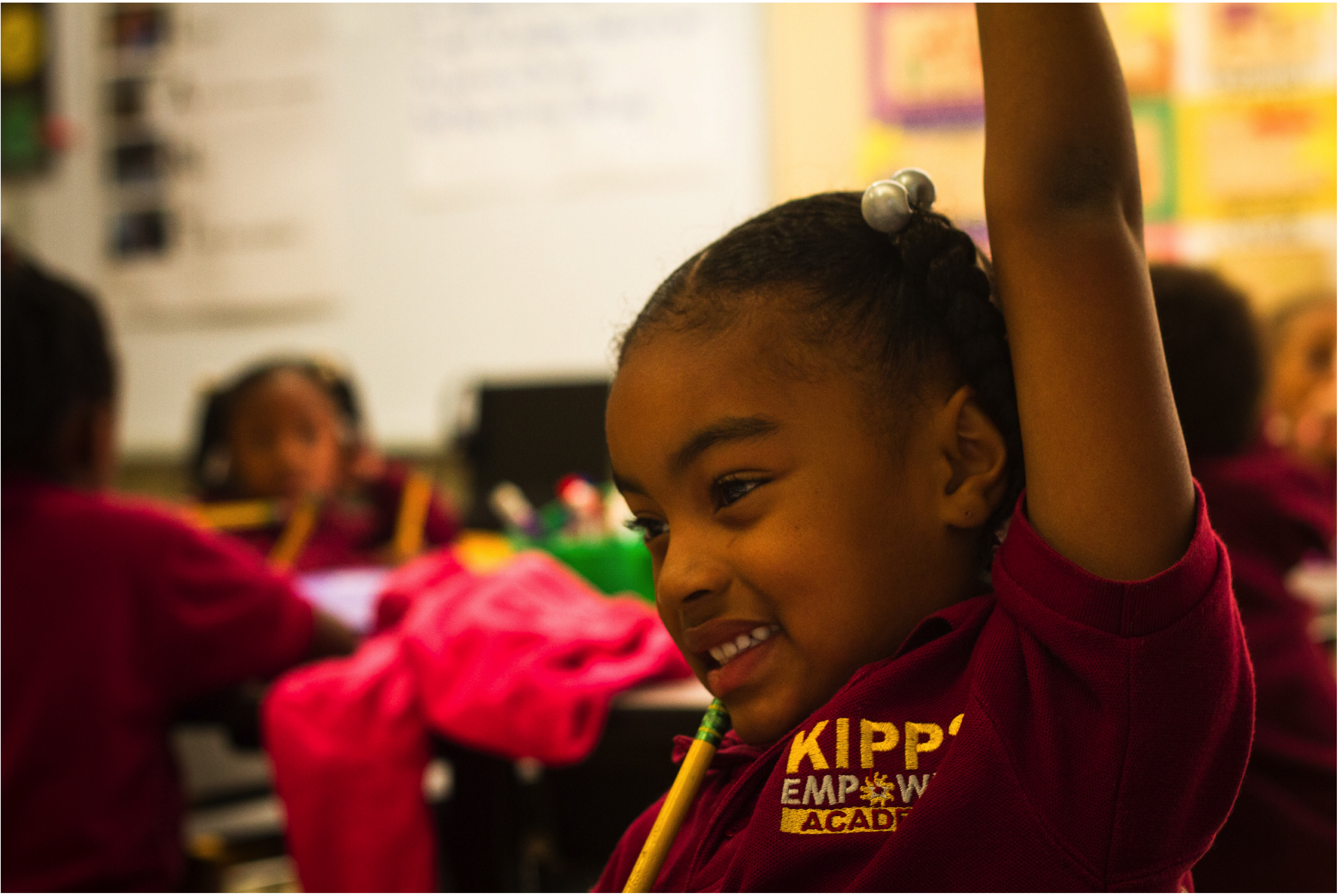
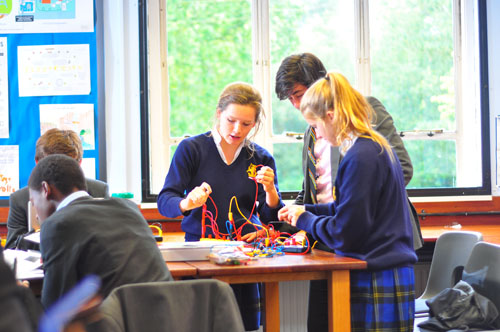
Comentarios recientes